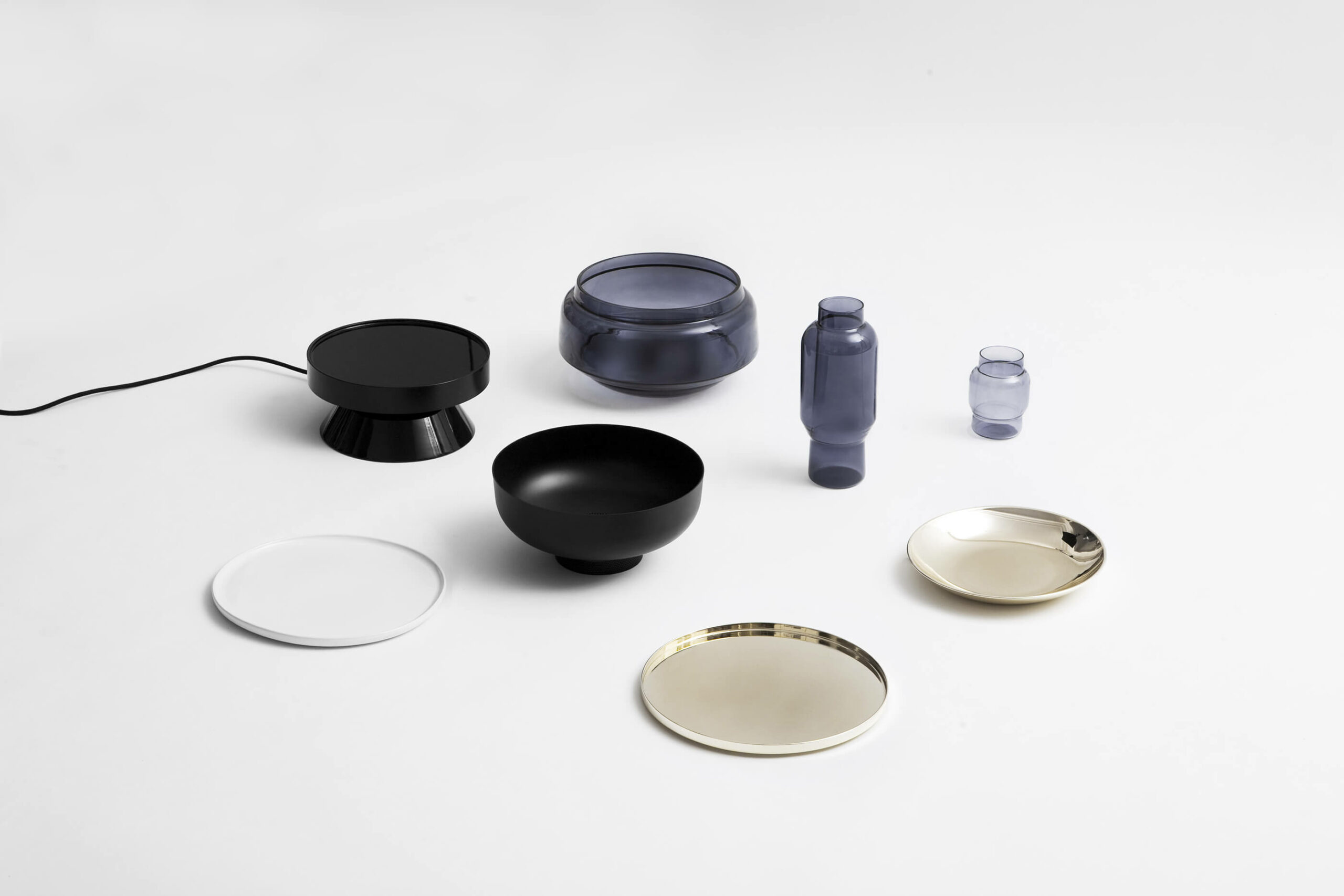
Photos : Felipe Ribon & Simon Thibaut
Black Hole
A black hole is a massive object whose gravitational field is so intense that it prevents any form of matter or radiation from escaping from it. Such objects therefore do not emit light and are therefore black. Several techniques make it possible to study the phenomena they induce on their environment.
Talking about the future of humanity, Stephen W. Hawking, a famous astrophysicist and cosmologist, says that in the face of overpopulation, overexploitation of resources and the destruction of our natural environment, it will be quite difficult to avoid a disaster in the next hundred years. According to him, our only chance for long-term survival is to disperse into space by colonizing other planets. That is why he is in favor of manned spaceflight.
In the intellectual inability to design space shuttles on the one hand, and not being quite sure of being part of the journey on the other hand, we prefer for the moment, as designers, to continue the reflection on ways of designing objects on Earth.
A seductive aspect of design consists in suggesting that our designer productions systematically contribute to the progress of society when they are, in spite of us, mostly in the surplus and ultimately in the disintegration. Indeed, although the creative thought of design generates relevant innovations, it nevertheless rarely engages in taking into account the many consequences of overproduction and overexploitation of resources. The very ones that engender this strange state of affairs.
If design assumes its industrial vocation while taking into account these social issues, we would then have to create more objects which would have the vocation of generating less objects.
This would amount to somehow inventing Black Hole Objects.
Absorb
The metaphor of the black hole is based on the idea of absorption: to engulf, to dissolve, to retain, to aspire, to absorb, to agglomerate…
If we were to absorb waste, then we would have to produce from it. But we would only be reinjecting recycled material into a system that would remain the same. We would therefore have to produce from final waste. (Last material)
One could imagine objects that would have the ability to make the harmful consequences of their development penetrate into them, with a view to assimilating them and adding to them functions of treatment, transformation, regeneration, and the ability to metamorphose the elements that surround them. . It would therefore be “to think of absorption as a form productive by the less”.
What if objects were absorbed into each other, contained within each other?
Despecialize
For each task, there are one, ten, one hundred specialized objects. Our technical and commercial development has generated a multitude of objects whose current quantity is beyond comprehension. This staggering profusion can be represented by a tree structure, a genealogy whose end of the branches represents the hyper specialization of things.
We constantly experience high-performance objects, and have thus assimilated the gestures associated with them. Having acquired knowledge of the actions and even of the functioning, we therefore possess in memory a knowledge which now makes it possible to envisage the realization of these same actions with less specific objects. Starting from this point of view, we can then despecialize the objects to consider contemporary primitive forms, in the sense that they are at the origin of a diversity of applications. It would be necessary to imagine formal hybridizations which attempt the synthesis of functions.
Transform
Technical objects are made up of individual parts that come together to form a functional whole.
When a part is defective, it must be replaced otherwise the assembly can no longer function. Most often you have to throw everything away because it is less and less possible to replace or repair the components. On the other hand, the remaining parts are unusable; too specific, they cannot be used for anything other than the system for which they were designed. This condition of exclusivity of technical objects – where the part has properties reserved for a single operating system – leads to obsolescence of objects, a limit of uses, enslavement by form.
From the detached, proprietary and circumscribed part, we propose to move on to the idea of the detachable part. Each constituent could thus be used for other systems, other situations, other conditions. It is then to consider that each component is designed both precisely and indefinitely. (detachable parts) That its end of life is no longer subject to the limited conditions that gave birth to it and that other applications can engage from it.
+ infos - infos









